Decorative plaster
With the help of this popular material, it is possible to achieve an imitation of a coating under marble, granite, silk, metal. The plaster can be incorporated into any interior style, only a competent selection of shade and texture is needed.
The composition differs not only in its attractive appearance, but also in wear resistance: it is not easy to scratch and damage the surface of the walls. Decorative plaster environmentally friendly and breathable, but does not absorb odors and does not emit harmful substances. The material hides minor defects, but is not suitable for leveling walls due to its high cost.
If you choose the most practical and durable composition, pay attention to silicone plaster: its elasticity and adhesion to any type of base allows you to decorate not only the interior, but also the facades of buildings. It requires a special primer and has a high cost, which is compensated by the ideal result.
Microcement
Modern material that allows you to faithfully simulate concrete surface... This is an ultra-finely ground cement that is applied to almost any substrate: wood, drywall, plastic and even metal. It also contains highly stable dyes, polymers and quartz.
Microcement is not afraid of mechanical influences, water and steam, therefore, they often decorate the hallways, corridors, bathrooms and kitchens. It is cheaper than decorative plaster, ceramic tiles and marble, and it is much more convenient to work with it.
For greater aesthetics and durability, the finished surface can be coated with wax or varnish.
Tile
Ceramic tiles are pressed plates made from a mixture of clay, sand, quartz and carbonates, and fired at a high temperature. The tile turns out to be so dense that it does not allow water and grease to pass through, does not absorb unpleasant odors and does not allow the appearance of mold.
The tile is much stronger than concrete, therefore it can withstand heavy loads. Great for kitchen apron cladding and bathrooms are one of the most practical and popular finishes.
Despite the wear resistance and durability of the material, the transportation and laying of the tiles must be very careful: thin plates break easily upon impact. To extend the life of the material, do not skimp on tile adhesives and latex grout.
Glass fiber
This is the most common material for finishing living rooms. But not all wallpapers are equally practical: for example, paper, at its low price, is more difficult to stick on the wall than non-woven or vinyl.
But the most reliable type of material - fiberglass wallpaper. They are made of fiberglass mixed with modified starch. They are leading in durability, they are not afraid of moisture and animal claws. Glass fiber act as an additional reinforcing material, as well as a canvas for a variety of patterns and colors - walls can be repainted several times.
For these reasons, fiberglass wallpaper is often used in public institutions: they are not only practical, but also add coziness to the interior.
Decorative rock
Fake diamond cheaper than its natural counterpart, but just as durable and beautiful. It is preferred for its easy workability, ease of installation and hygiene. The stone is lightweight, so it can even be attached to drywall.
If you want to save money, choose a facing material made of natural gypsum, but if wear resistance is in the first place for you, give preference to acrylic or quartz decorative stone: they are not afraid of temperature extremes and exposure to water.
Artificial stone is great for eco-style interior decoration, loft and country.
Wood
The most budgetary, but practical material for cladding the walls of living rooms, hallways and balconies - wooden lining... It is natural because it is made from solid wood. Its color and density depends on the type of wood selected during production.
The lining is easy enough to mount due to its low weight and flexibility during processing. She is durable and beautiful, besides gives the interior comfort and warmth.
Wood is a "living" material, so it must be treated with special impregnations, paint or wax: this way it will retain its operational properties longer. The most reliable and expensive material for wall cladding is euro lining. But there are also more durable and wear-resistant finishes, for example, plank, parquet or barn boards.
Paint
The popularity of wall paints is explained by many advantages: relative ease of application, a wide range of varieties for all types of premises, versatility and ease of surface care. But not all paints are suitable for decorating walls in an apartment: fortunately, the modern market offers countless types of material.
When purchasing paint, do not focus only on the price. Cheap paintwork materials are short-lived and quickly lose their appearance. Before buying, study the inscriptions on the banks: manufacturers indicate for which rooms a particular composition is suitable.
Resistance to moisture and mechanical stress are distinguished by latex-type water-dispersion paints... But the most reasonable ratio of price and quality is characterized by acrylic paints - they are not afraid of ultraviolet radiation, humidity and remain in their original form for a long time.
The listed materials will allow you to make practical repairs in the apartment and not be afraid for wall decoration for many years to come.

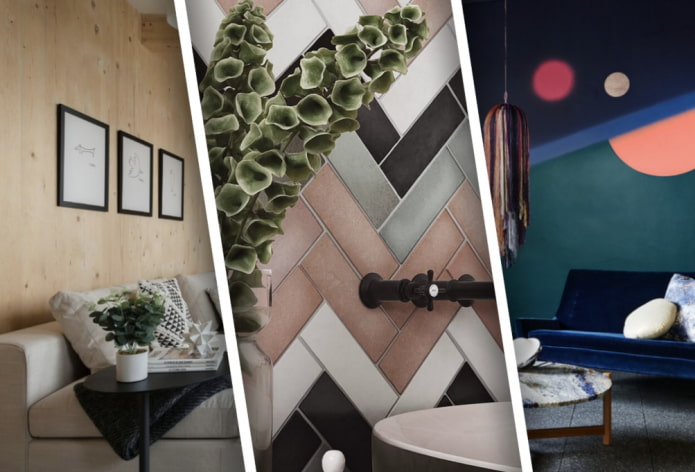
 10 practical tips for arranging a small kitchen in the country
10 practical tips for arranging a small kitchen in the country
 12 simple ideas for a small garden that will make it visually spacious
12 simple ideas for a small garden that will make it visually spacious
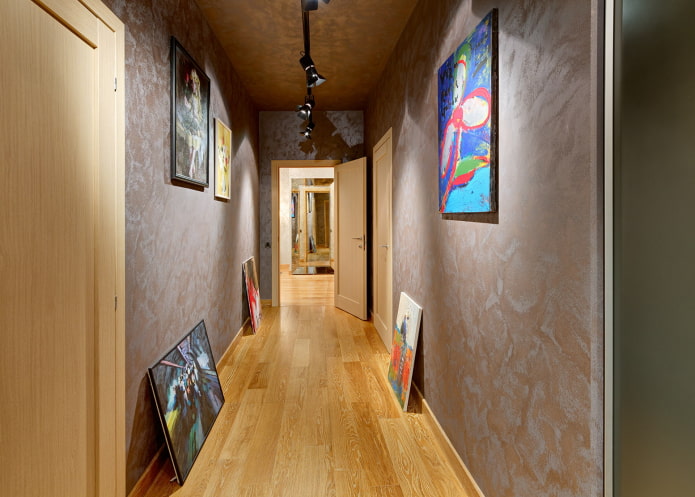
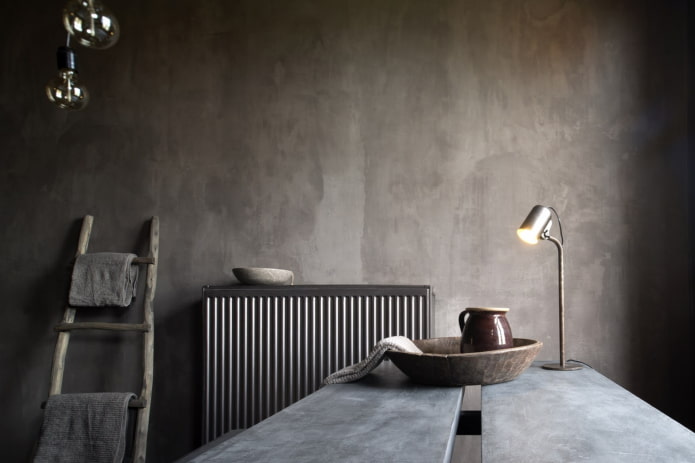
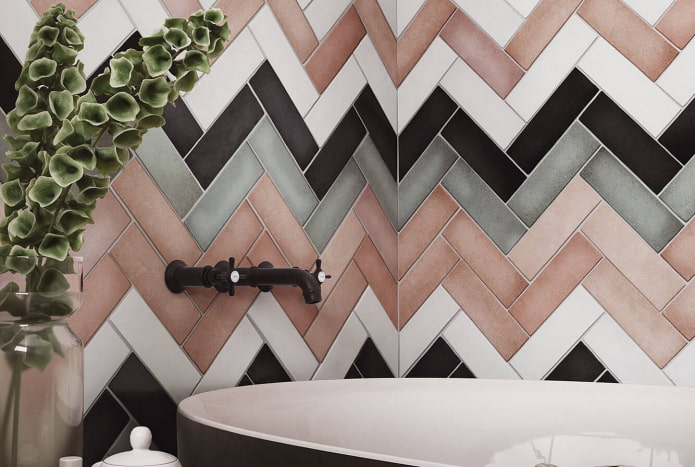
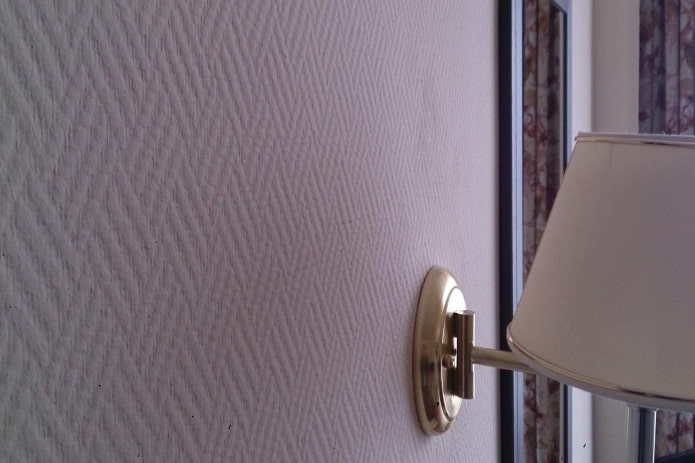


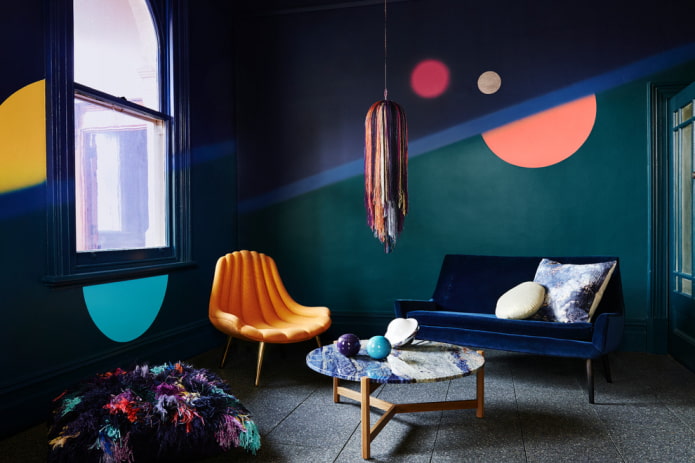
 What is better not to do it yourself during the repair?
What is better not to do it yourself during the repair? Bloated linoleum: how to fix it without disassembly
Bloated linoleum: how to fix it without disassembly The worst decisions in apartment renovation
The worst decisions in apartment renovation  Installation of ceiling tiles: choice of materials, preparation, order of work
Installation of ceiling tiles: choice of materials, preparation, order of work How to glue a ceiling plinth to a stretch ceiling?
How to glue a ceiling plinth to a stretch ceiling? Ceiling plinth for stretch ceiling: types, recommendations for selection
Ceiling plinth for stretch ceiling: types, recommendations for selection